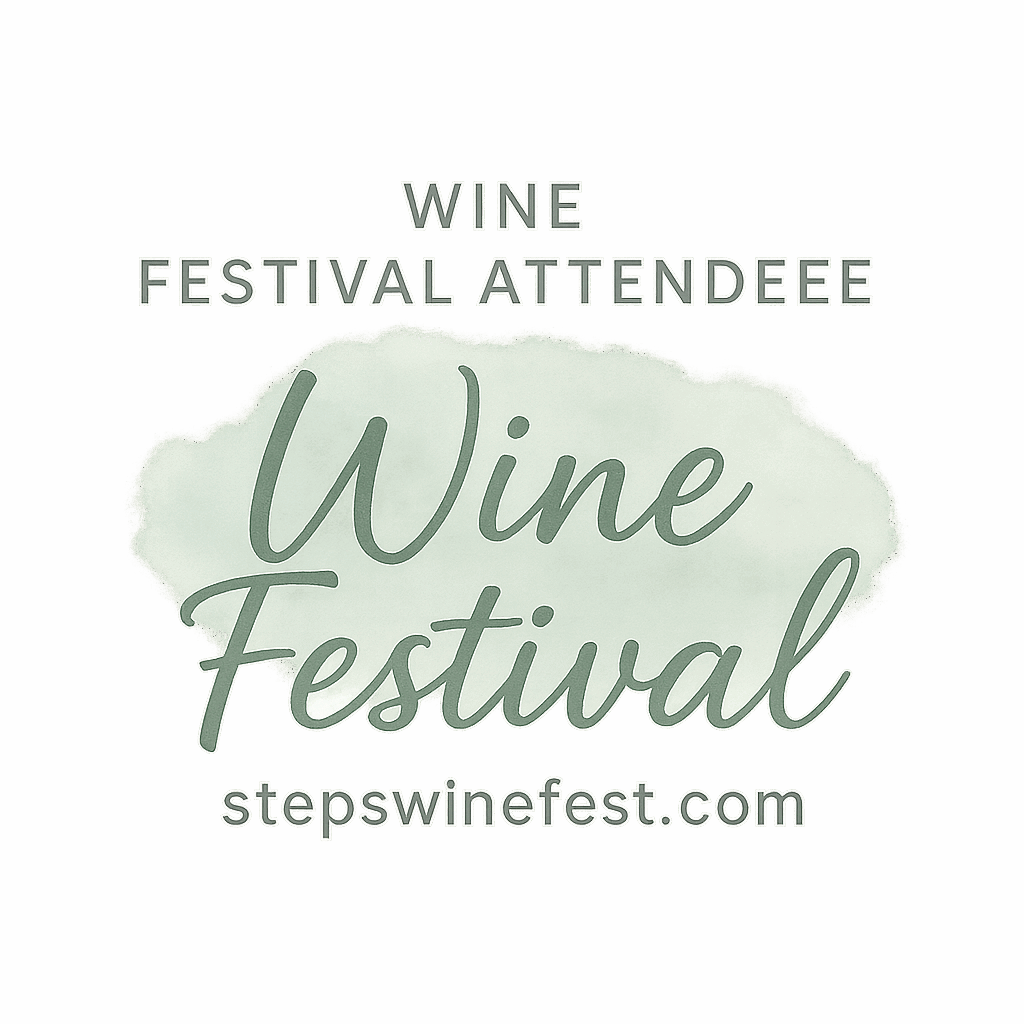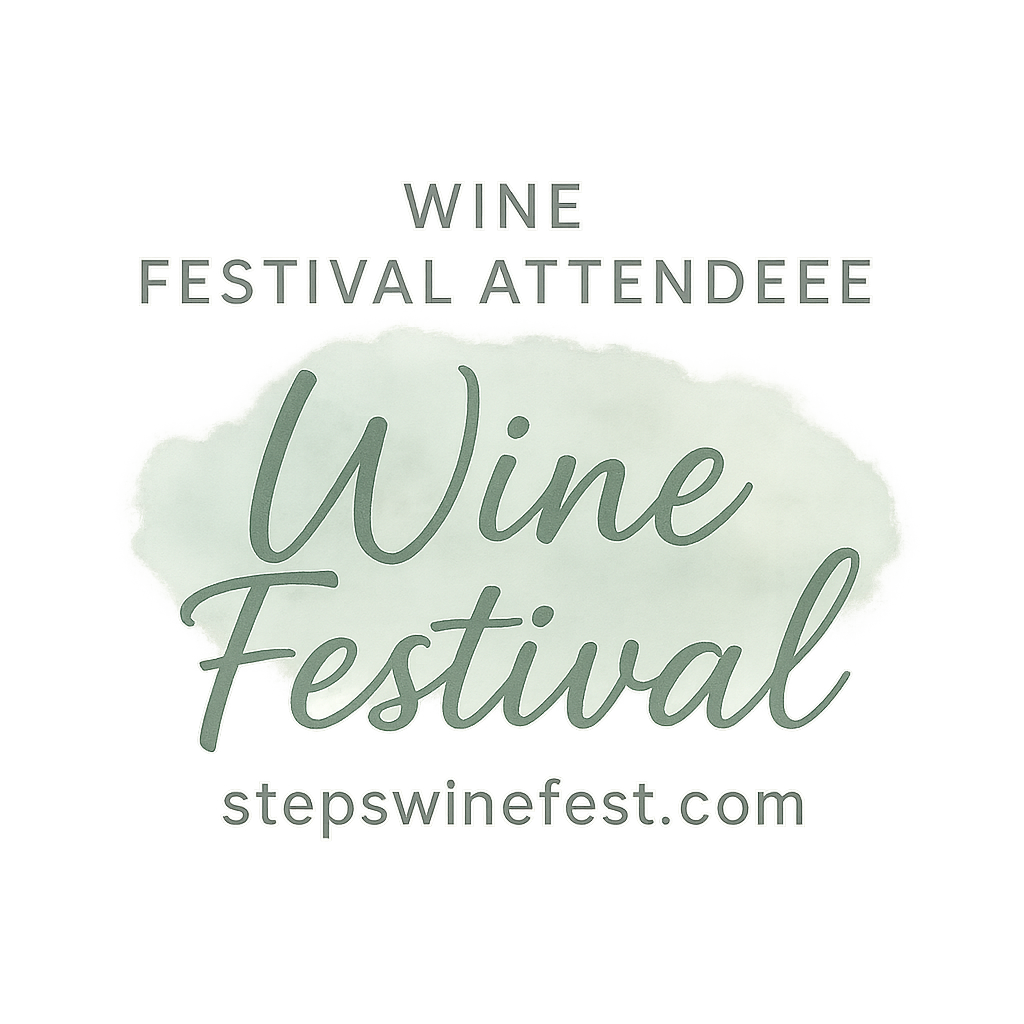Introduction: Why Sampling Stations Make or Break a Wine Festival
You know that magical moment when you sip a wine and instantly think, “Yes, I need a bottle of this”? That spark usually happens at a sampling station. At wine festivals, these stations are the heartbeat of the experience. Done right, they can turn casual tasters into lifelong wine lovers — and loyal customers.
But let’s be real: a messy, overcrowded, or poorly managed sampling setup can do just the opposite. If you’re organizing or participating in a wine festival, knowing how to design and run an effective sampling station isn’t optional — it’s essential.
Here are four best practices every wine sampling station should follow to make the most of the crowd, the wine, and the moment.
1. Design the Flow for Easy Navigation
Avoid Bottlenecks with Clear Pathways
Nobody wants to feel like they’re stuck in a conga line just to sip a Chardonnay. Poorly laid-out stations kill the vibe. The best approach? Design with flow in mind. Think of your booth like a river — it should have a clear entry point, a tasting area, and a smooth exit.
Place wine bottles, menus, and pourers so attendees naturally move from one section to the next without crowding. This is especially critical at larger festivals where foot traffic gets heavy.
Use Signage to Guide Attendees
Clear signage makes everything easier. Use signs to label wine types, origin, alcohol content, and even food pairing ideas. Bonus tip: color-code wines for white, red, rosé, and sparkling. That’s one less thing tasters have to guess!
Accessibility for All Guests
Good wine should be enjoyed by everyone. That includes attendees in wheelchairs, people with sensory challenges, and those unfamiliar with wine etiquette. Make sure counters are the right height, paths are wide enough, and staff are trained to assist kindly and clearly.
Related Tip: Want your station to run like clockwork? Don’t skip this guide on Festival Logistics.
2. Optimize Wine Tasting Strategy for Engagement
Don’t Overwhelm the Palate
Pouring 10 different wines in 10 minutes? That’s a hard pass. Overwhelming tasters can lead to palate fatigue, and worse, they won’t remember what they liked. Instead, curate 3–5 standout bottles that showcase different profiles — a crisp white, a bold red, a bubbly, and something sweet or rare.
Provide Wine Pairing Suggestions
Let’s face it — wine hits differently when paired right. Adding bite-sized food samples (even crackers or cheese) elevates the tasting and can guide your guests to better appreciate complex notes. Just be sure to display clear allergen info!
Rotate Labels for Discovery
Want tasters to keep coming back? Surprise them. Rotate one bottle every hour. This builds intrigue and keeps the energy fresh. Even better, post about the rotation schedule on social media to draw return visits.

Related Resource: Dive into advanced Tasting Strategies to build a crowd-pleasing wine journey.
3. Keep Hygiene and Safety Front and Center
Sanitize Between Tastings
We live in a post-pandemic world — cleanliness isn’t optional. Use disposable cups or sanitized glassware between each tasting. Have hand sanitizer readily available and regularly clean all surfaces. People notice when hygiene is prioritized.
Provide Clear Allergy & Dietary Info
Wines are often made with more than just grapes — think sulfites, animal-based fining agents, or barrel-aged additives. Post labels with potential allergens and make your staff aware of common Dietary Restrictions and Allergies.
Temperature-Controlled Storage
Hot cabernet? Cold merlot? Nope. Store wine at optimal temperatures using coolers, insulated sleeves, or mini fridges. Guests may not say it, but they can absolutely tell when a wine is too warm or too chilled.
Explore Tags: Safety, Allergies, Dietary Restrictions
4. Elevate the Experience with Personal Touches
Train Pourers to Educate and Connect
A smiling, knowledgeable pourer makes all the difference. Train your team to offer fun facts about the wine, vineyard, and production process. People love stories. Give them something to remember — beyond just a buzz.
Offer Branded Souvenirs and Memorabilia
Custom wine charms, tasting booklets, or even stickers can turn a tasting into a takeaway memory. It’s a small touch that leaves a lasting impression. Plus, who doesn’t love a little Memorabilia?
Encourage Group Sampling and Social Sharing
Design areas where friends can taste together, discuss, and snap pics. Encourage hashtags and selfie spots. Sampling is more fun when it’s shared — and it doesn’t hurt your festival’s reach either.
Tag It Right: Group Visits, Social Media
Pro Tips to Take Your Station to the Next Level
Collect Feedback with QR Codes
Place QR codes on your table for visitors to rate wines or leave feedback. It’s fast, paperless, and gives you real data on what worked and what didn’t.
Integrate Tech for Seamless Experience
Add tablets or screens to show tasting notes, wine regions, or even video clips from the vineyard. Want to go next-level? Let guests scan a code and order a bottle to be delivered to their home.
Plan for Emergencies and Unexpected Situations
Have a mini first-aid kit on hand, know where the nearest emergency services are, and train your team in basic preparedness. Festival crowds can get unpredictable — don’t be caught off guard.
Read More: Emergency, Connectivity, Preparedness
Final Thoughts: Creating Lasting Impressions
At the end of the day, wine sampling is more than sipping — it’s storytelling. It’s about connecting your wine to the people drinking it. And the way you set up your station can either be a forgettable stop or a favorite memory.
So plan intentionally, taste purposefully, and make every pour count.
Conclusion
Wine festivals thrive on connection, discovery, and delight. Your sampling station is where those moments happen — over a pour, a chat, or a memory made. By focusing on smart flow, strategic tasting, safety, and a personal touch, your booth can stand out and shine. It’s not just about pouring wine — it’s about crafting experiences one glass at a time.
Want more tips and in-depth advice on how to rock your next wine fest? Visit StepsWineFest.com and check out resources on Preparation, Wellness, and Post-Festival Tips.
## FAQs
1. How many wines should I offer at my sampling station?
Ideally, 3 to 5 carefully curated options. This avoids palate fatigue and encourages deeper engagement.
2. Should I charge for wine samples at a festival?
It depends on the event rules. Many festivals offer inclusive tasting passes, but some allow token systems. Always clarify with organizers.
3. Can I give away wine bottles or sell them on-site?
Usually, you can take orders or provide delivery options — but direct sales may require special permits. Check with local laws and festival guidelines.
4. What’s the best way to handle crowd surges at peak hours?
Use line dividers, assign roles to staff, and consider timed wine reveals to manage flow.
5. How do I keep wines at the right temperature outdoors?
Use coolers, insulated buckets, and avoid placing bottles in direct sunlight. Battery-powered wine fridges are also great for longer events.
6. What kind of signage should I use for dietary info?
Bold, easy-to-read labels showing gluten-free, vegan, or allergy-specific icons next to each wine or food sample.
7. What’s a creative souvenir I can offer tasters?
Mini wine journals, branded corks, or QR code cards linking to your winery’s story or shop page are both fun and functional!

